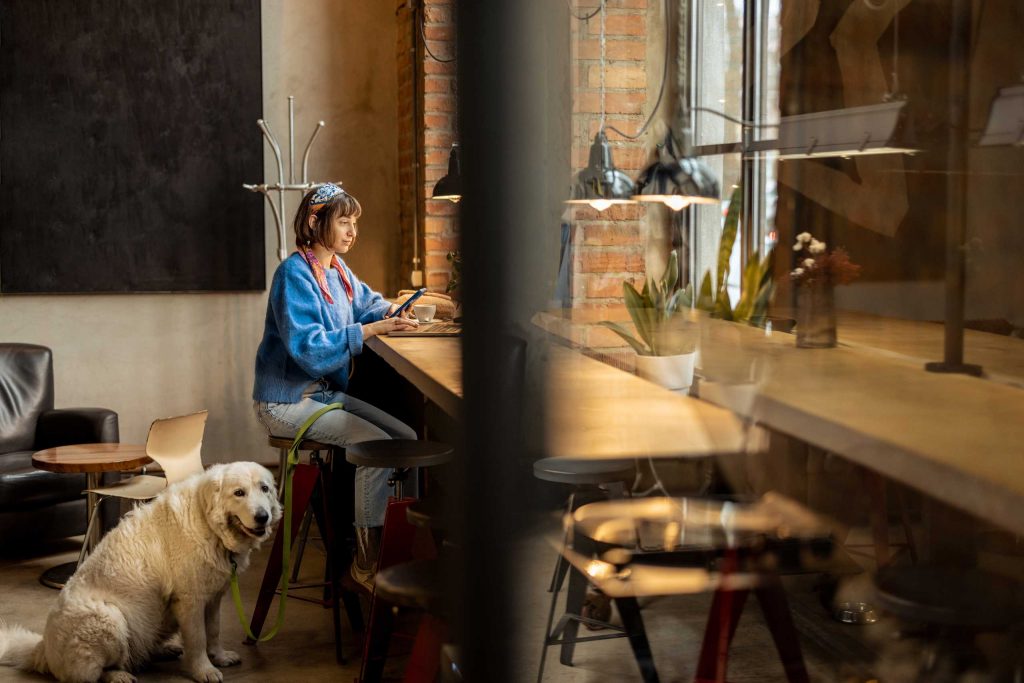We often believe that creativity needs space — a large studio, a private office, or a room with perfect light and silence. But in reality, some of the most powerful ideas are born in tiny, intentional corners. A window ledge with a notebook. A quiet chair in the hallway. A foldable table between the bookshelf and the bed.
It’s not about square meters. It’s about clarity of purpose.
Let’s explore how you can unlock the hidden creative potential in even the smallest parts of your home — and why these micro-spaces often end up more inspiring than fully dedicated rooms.
Why Small Can Be Better
Large rooms can overwhelm. Without boundaries, energy tends to scatter. But a defined corner — just big enough for your sketchbook, laptop, or yarn basket — provides instant focus. There’s no decision fatigue about where to go or how to start.
- A confined space invites flow.
- It limits distractions.
- It creates a physical ritual: “Here, I make.”
Small spaces create a mental gateway — a subtle but powerful signal to the brain that it’s time to shift from consuming to creating.
Micro-Zoning: The Secret Technique
Micro-zoning is the art of defining function within limited space. You don’t need new walls — just intention and simple design cues.
Here’s how to start:
1. Identify the corner
It could be unused wall space, an awkward nook under the stairs, or even the end of a hallway. The only rule is: it feels like it could belong to you.
2. Choose your purpose
What do you want to do there — write, draw, journal, brainstorm, read, play? Defining a single creative purpose gives the space identity.
3. Frame it
Use lighting, color, or a textile element to softly mark the boundary. A small rug. A lamp. A curtain. Even a plant can define edges.
What Happens When You Honor a Space
Once a space is named, claimed, and honored — even if it’s only 1.5 square meters — it begins to act differently. You’ll notice:
- You start using it without forcing yourself.
- Your mind shifts faster into creative mode.
- You protect it from clutter and distraction.
- It starts feeling sacred.
This is spatial psychology at work: your brain learns to associate the space with the activity. And repetition builds creative rhythm.
A Client’s Story: From Storage Spot to Poetry Studio
One of our students, Airi, lived in a compact Tokyo apartment. Her worktable had become a dumping zone — bills, books, keys, and coffee cups. “It felt like a forgotten shelf,” she said.
After taking our course, she cleared one corner and added a clip-on lamp, a fabric wall hanging, and a stack of blank notebooks. That’s all. The difference? “Now I sit there before bed and write one poem. Just one. Every day.”
Let Your Creativity Expand, Even if the Space Doesn’t
Micro-spaces don’t limit creativity — they contain it, gently, like a bowl holds water. You don’t need a new room or big renovation. You just need to define a corner with care and let it grow meaning through use.
Start small. Return often. Respect the space.
That’s where creative flow begins.

